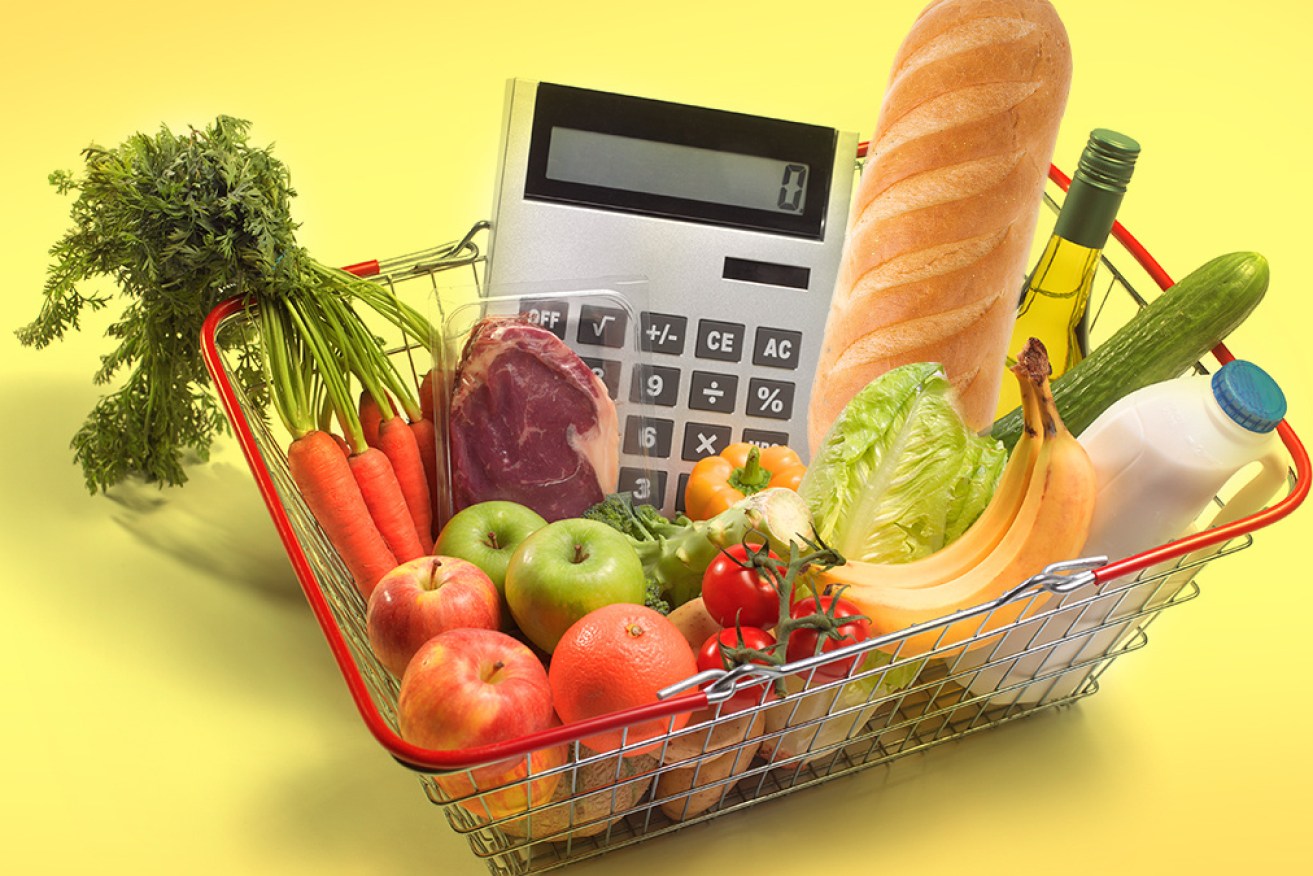‘Far from normal’: Record drop in inflation signals weakness in economic recovery


The prices for everyday consumer goods and services fell in the June quarter. Photo: Getty/TND
Australia’s leading measure of inflation has suffered its largest-ever quarterly fall as a result of massive government support measures.
Although that means lower prices for cash-strapped families, it also points to underlying weakness in our economy.
The ABS Consumer Price Index (CPI) recorded a 1.9 per cent drop in the three months to June 30 as the effects of federal government’s free child care and record-low petrol prices flowed through to consumers.
It was the single largest drop ever recorded by the ABS and was enough to push year-on-year inflation into negative territory (-0.3 per cent) for just the third time since 1949.
The result was well below the Reserve Bank’s target range of 2 to 3 per cent per annum.
Sharemarkets reacted violently to the news, shedding 0.6 per cent in just half an hour as news of the historic fall broke.
For while falling prices will provide hip-pocket relief to Australians who have lost their jobs or part of their income, it also points to weak aggregate demand, which measures the total amount of demand for all goods and services produced by an economy.
Aggregate demand falls when consumers shy away from the shops and cut back on spending, which then discourages businesses from investing or hiring more staff.
“There have been a range of things that have gone on that has drastically reduced aggregate demand, to a degree that we’ve never seen before – certainly not in our lifetimes,” Indeed APAC economist Callam Pickering said.
In response, businesses often discount or lower their prices to create demand for whatever they’re selling, which results in deflation.
“If this deflationary episode persists, say it’s something we’re dealing with at the end of the year or early into next year, then I think policymakers will be incredibly concerned,” Mr Pickering said.
“That would suggest the demand for our goods and services is incredibly weak.”
September quarter rebound possible
However, there is some hope of a return to more normal levels of demand in September.
That’s because the drop in the June quarter was driven almost entirely by a 95 per cent decline in childcare costs (because of government support) and historic drops in the price of petrol.
At one point in April, the price of a barrel of oil dropped below zero, as plummeting demand effectively forced producers to pay suppliers to store their excess stock.
Mr Pickering noted that core inflation – a measure of inflation that strips out abnormal fluctuations – is actually close to flat, at 0.1 per cent.
Some of the individual goods measured by the overall CPI figures –including toilet paper, furniture, and cleaning products – even saw price increases during the June quarter.
So, with childcare centres once again charging for their services, and petrol prices returning to more normal levels, inflation could bounce back in the September quarter.
But the distorting nature of government stimulus means it’s difficult to accurately assess the current level of aggregate demand.
“This is about as far from a normal economy as you can get, and it will take a couple of quarters to get a genuine feel for what the actual level of inflation is,” Mr Pickering said.
Concerns raised for social security recipients
The unusual CPI data has also raised concerns from social welfare advocates, who say the distorted figures could hurt many vulnerable Australians.
Several social security payments, such as JobSeeker and Youth Allowance, are indexed to CPI and adjusted every six months based on this data, to reflect changes in living costs.
Anglicare acting executive director Imogen Ebsworth said a negative or flat CPI figure could freeze social security payments at their current rates, even though the price of some household goods have increased.
“These figures show why payments shouldn’t be tied to CPI. It doesn’t reflect living costs, especially for people on the lowest incomes,” she said.
“It is absurd that in the midst of a downturn, with people struggling to make ends meet, payments could be frozen because of our broken system.
“Instead we need an independent social security commission to look at all of [the] evidence before setting rates.”









